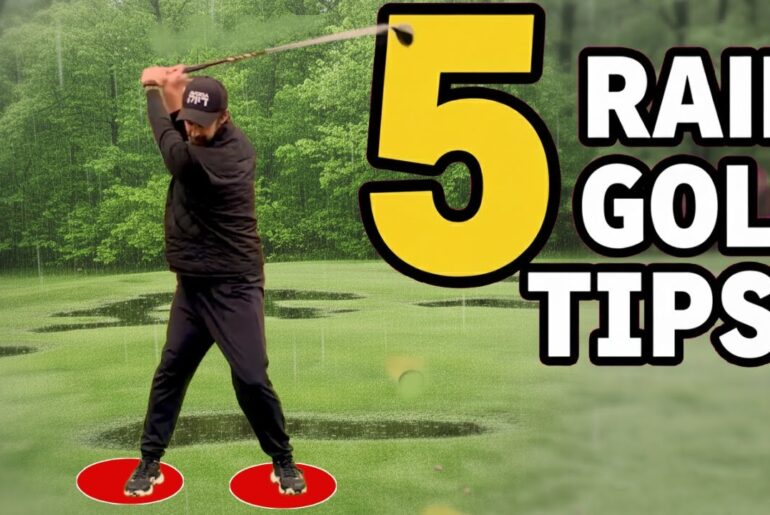Listen to the full episode of this Golf Podcast entitled Flagstick: In or Out
With the new flagstick rule in golf much is being discussed, but probably no rule has caused as much discussion than the one allowing golfers to leave the pin in while putting. So what will you do? Will you leave the flagstick in our out? And is there any research that can help us decide for our own games? It is a great question and discussion. Let’s tee it up!
Check the following article for Dave Pelz article on leaving the flagstick in or out:
Timestamp:
0:00 Intro
1:18 playing at Kapalua Golf
4:42 reaction to Dave Pelz research on whether to leave the flagstick in or out
7:20 scenarios where it is advantageous to leave the pin in
10:20 Data Axis Golf recommendations on whether to leave the flagstick in or out
Check more rapid golf improvement strategy at our blog at
The most popular topic we’ve heard discussed with the new rules in the first tournament of 2019 is whether you should leave the flagstick in or out when you are putting. And it’s actually a fascinating discussion because there is some real data on this which is interesting.
Dave Pelz actually did quite an extensive bit of research on this particular topic. Dave Pelz did the research for golf.com. It was easy to find, I just did a quick Google search and found that Dave Pelz actually wrote another article about this topic in 2007. It’s right there on the first page of the results on whether to leave the flagstick in or out. And I’ll go ahead and post a link to this article in the description of this podcast so you can all go take a look at it.
For this test, there was really no practical way to set it up and test it from many different distances and conditions because of the inconsistencies of the greens so they set it up to two feet away. They set it up and used what he called a TruRoller, which is a device that he created to put a perfect putt on a ball. And they just did a number of different tests, various speeds, in fact, he says they did thousands and thousands of putts and they tried uphill and downhill, side-hill. They hit the flag dead center, they hit glancing blows off it. They tried every possible scenario they could do with the pin in and with the pin out.
But what was missing here in the research is just how much more effective it is to leave the pin in. He didn’t give us any information on if it’s a two to one advantage, or 30 percent more likely for putt go in, etc. We didn’t data on how much more likely a putt is to go in at varying speeds, uphill vs. downhill, etc. So that was a little disappointing, the lack of the specifics in the data, but Dave assured us that it is advantageous for us to leave the pin.
Dave Pelz actually says in his research that it shows you have the biggest advantage keeping the pin in, if the pin is tilting away from you or if the pin is actually tilting a little towards you. When it leans towards you it acts as a backstop and redirects the ball down into the hole. So definitely leave the if the pin if it is leaning a little towards you or away from you, well, I mean we should leave the pin in for all shots, with the only caveat being if the pin is leaning so far towards you that it has made the hole so small that it is impossible for the ball to fit into the hole. So, if the wind is blowing that hard, that is when we would need to take the pin out.
So, if you walk up to a green and the pin hasn’t been put back into the hole properly and is leaning a little bit towards your ball. You don’t have to go center of the pin, you can leave it as is. Within the rules of golf, you have two options. Leave it as is or go up and center it back into the hole. So, his point was, hey, if it’s leaning towards you leave it leaning and putt with it that way, and that is well within your rights to do so. I trust Dave Pelz. I think he does good research. He even discussed how he backed this research up by having a golf pro come out and make thousands and thousands of putts himself to see if they could duplicate the results of the initial research and although it is not as precise, but again it showed that even with a human performing the test there still was significantly more putts that went in when the putt was in rather than out.
Because the flagstick is made out of fiberglass, which is a material that actually absorbs the hit from the golf ball, takes energy away, and slows the golf ball down, when you slow the golf ball down, you have essentially increased the effects of gravity. As long as we continue to use fiberglass, which we will due to the flexibility needed to deal with the winds, we will enjoy a benefit by keeping the flagstick in.
#flagstickinorout #golfpininorout #golfflagstick







